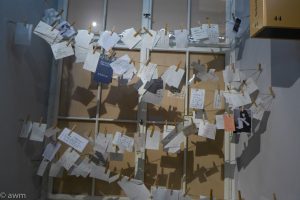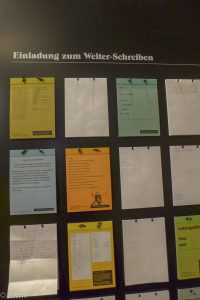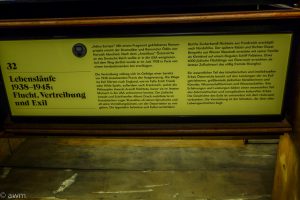… hasn’t been as easy or straightforward as one might think. More time? Maybe. But also change to get used to, new ways of being with each other to adapt to, and queues at my favourite stalls at the local markets. And the insecurity about a deadly virus that has taken so many lives, yet remains intangible (as viruses tend to be). So it took me a while to pick up a book and read it from beginning to end. A book about two very ambivalent people marked by life struck me as a good choice. Plus it was set in London, the city I miss and think about with a mix of yearning and anguish right now. The two main protagonists are Meg and Jon, and they write to each other. A very old-fashioned concept. And a way of getting close without getting too close. Or very close indeed. So the perfect novel for our times, really. A. L. Kennedy’s Serious Sweet is a masterpiece of internal monologues. And a love letter to London.
Part 2
Yes, I continue to read, and after I’d finished the mesmerising and quite disturbing ‚The Long Take‘ by Robin Robertson, I was longing for a novel, a story to draw me in. Along came ‚The Friend‘ by Sigrid Nunez. Quite clearly a book about a dog, with an imposing Great Dane on the cover. So I expected to read about this far too big animal’s antics while living in a New York appartement. But Apollo’s role is not to amuse, his is to provide insights through his story. Insights into his previous owner’s suicide and his relationships, his new owner’s fears and her need for closeness – and literature. Rainer-Maria Rilke, Heinrich Heine, T. S. Eliot and others weave through this book with their stories about the dogs in their lives, but also about their loves and losses. Hector, the caretaker of the house, seems to represent the changes that can take place when something really unexpected happens. Changes that defy rules. The book’s end is one of the most beautiful endings I’ve ever read. And as was to be expected, it is not entirely cheerful.




